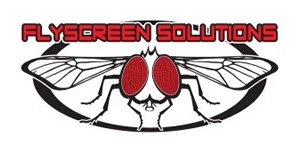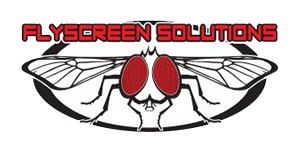We have recently grown accustomed to the idea of incorporating the humble mesh screen for windows into our design aesthetic. Some homes showcase them as the essential feature they are whilst other homeowners do their best to successfully blend it into the background. Whatever the case may be, choosing the best mesh screen option for your home isn’t an easy choice to make. There are numerous environmental factors to keep in mind such as location, climate, and insects prone to the locality. One must also take their own personal preferences with regards to children, pet, privacy and usage of the mechanism into consideration. The window mesh is commonly referred to as a fly screen, however this is an umbrella term as it simply refers to a mesh material which is designed to cover door and window openings. It does not include in its broad term all the different materials, designs and colours which are available for the consumer to purchase. These mesh screens are commonly installed with the ultimate purpose of keeping debris, insects and smaller critters at bay when doors and windows are left open or ajar. Before installing a screen, it is important to know exactly what you wish to achieve with its installation, whether it be for a single purpose or multi- purpose. To help you along with your decision making, we have highlighted the various materials and styles that fly screens are available in below:
Materials
Upon first glance many people assume and understandably so that all mesh screens are the same or similar in materials and fabrication. This however is not the case and could not be any further from the truth. The screens are manufactured and available in various materials with each material offering their own distinctive benefits for any situation or site. The differences between the materials used often determine other aspects of the screen such as its size, durability and hardiness.
1. Aluminium: The highly durable properties enable aluminium it to withstand the force and pressure of the most adverse of weather conditions. If you expect your screen to be subjected to vigorous movement and contact on a daily basis, it would be advisable to opt for a heavy duty aluminium option to prevent and denting from occurring.
2. Stainless steel: This is the material of choice when it comes to security features of the home. Often utilized for security gates and burglar bars, stainless stain fly screens have now gained momentum. If you are looking to keep both insects and intruders out, this is the option for you.
3. Fibreglass: This is the most popular choice of mesh screen in and around the country. The fibreglass is PVC coated which protects it from staining, corrosion or rust. Fibreglass mesh has a nylon appearance however it is prone to easy tearing and stretching.
Fly screen design
There are three main design options which are popular amongst homeowners and are available for installation. They are :
1. Pleated mesh screens: As the name suggests, pleated fly screen retract as folds which are stacked on top of each other. Pleated screens do not require a spring loaded mechanism and therefore have less tension as opposed to other options. The lack of tension means that minimal strength/ force would be needed to open or close the screens, making it a suitable choice for homes with younger kids or older individuals. Pleated screens have a minimalistic appearance which blends effortlessly into window and door frames.
2. Retractable mesh screens: These screens constitute of a roll of mesh which function in the same manner that a roller blind would. It can be fitted either vertically or horizontally depending on your preference and comfort. Roller tracks on both ends allow the screen to unroll and extend itself forming a protective barrier in front of the open window. When the screen is retracted, it rolls itself into a housing which will be situated above the window.
3. Hinged mesh screens: This type of screen is commonly used for doors. Hinges on a door frame enable it to carry out its swinging motion. In a similar manner hinged screens are made to fit onto the side of the framework and swing open or shut when required.
The weave
Weave in terms of fly screens ultimately refers to the number of strands which creates the tiny spacing within the mesh. If the weave is “tight”, the spaces are smaller and the likelihood of insects entering through the mesh is greatly reduced. The downside to a tight weave is that it may hinder your view due to the closely situated strands.
With numerous possibilities and combinations available it is not difficult to see why a lot of thought should go into choosing the correct mesh screens for your windows/ doors. Contact us on 031 000 8626 and let us help you in finding your Flyscreen Solution!

